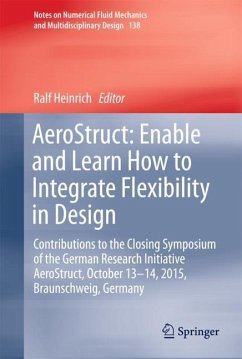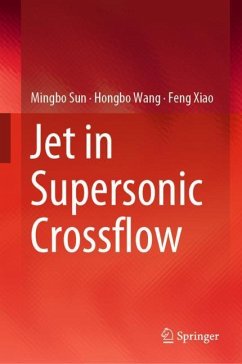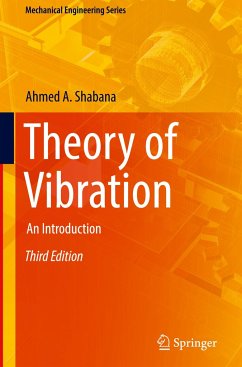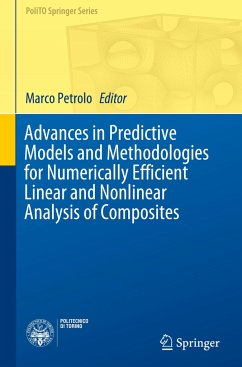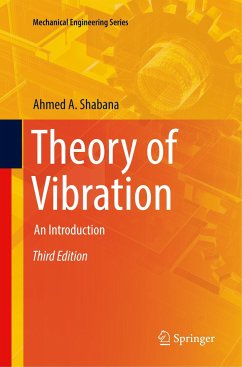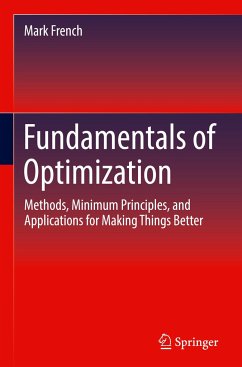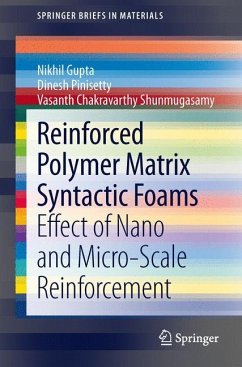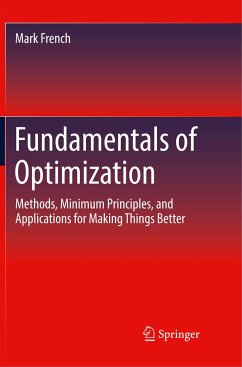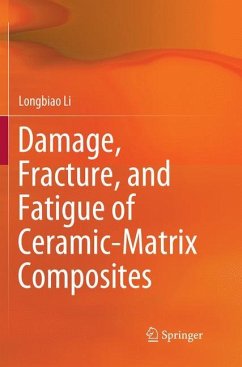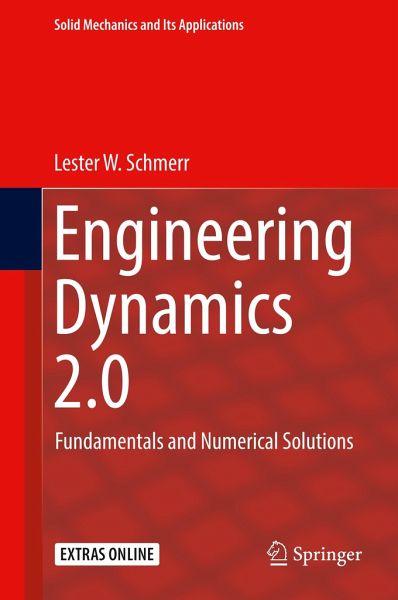
Engineering Dynamics 2.0
Fundamentals and Numerical Solutions

PAYBACK Punkte
88 °P sammeln!
This book presents a new approach to learning the dynamics of particles and rigid bodies at an intermediate to advanced level. There are three distinguishing features of this approach. First, the primary emphasis is to obtain the equations of motion of dynamical systems and to solve them numerically. As a consequence, most of the analytical exercises and homework found in traditional dynamics texts written at this level are replaced by MATLAB®-based simulations. Second, extensive use is made of matrices. Matrices are essential to define the important role that constraints have on the behavior...
This book presents a new approach to learning the dynamics of particles and rigid bodies at an intermediate to advanced level. There are three distinguishing features of this approach. First, the primary emphasis is to obtain the equations of motion of dynamical systems and to solve them numerically. As a consequence, most of the analytical exercises and homework found in traditional dynamics texts written at this level are replaced by MATLAB®-based simulations. Second, extensive use is made of matrices. Matrices are essential to define the important role that constraints have on the behavior of dynamical systems. Matrices are also key elements in many of the software tools that engineers use to solve more complex and practical dynamics problems, such as in the multi-body codes used for analyzing mechanical, aerospace, and biomechanics systems. The third and feature is the use of a combination of Newton-Euler and Lagrangian (analytical mechanics) treatments for solving dynamics problems. Rather than discussing these two treatments separately, Engineering Dynamics 2.0 uses a geometrical approach that ties these two treatments together, leading to a more transparent description of difficult concepts such as "virtual" displacements.
Some important highlights of the book include: Extensive discussion of the role of constraints in formulating and solving dynamics problems.
Implementation of a highly unified approach to dynamics in a simple context suitable for a second-level course.
Descriptions of non-linear phenomena such as parametric resonances and chaotic behavior.
A treatment of both dynamic and static stability.
Overviews of the numerical methods (ordinary differential equation solvers, Newton-Raphson method) needed to solve dynamics problems.
An introduction to the dynamics of deformable bodies and the use of finite difference and finite elementmethods.Engineering Dynamics 2.0 provides a unique, modern treatment of dynamics problems that is directly useful in advanced engineering applications. It is a valuable resource for undergraduate and graduate students and for practicing engineers.
Some important highlights of the book include: Extensive discussion of the role of constraints in formulating and solving dynamics problems.
Implementation of a highly unified approach to dynamics in a simple context suitable for a second-level course.
Descriptions of non-linear phenomena such as parametric resonances and chaotic behavior.
A treatment of both dynamic and static stability.
Overviews of the numerical methods (ordinary differential equation solvers, Newton-Raphson method) needed to solve dynamics problems.
An introduction to the dynamics of deformable bodies and the use of finite difference and finite elementmethods.Engineering Dynamics 2.0 provides a unique, modern treatment of dynamics problems that is directly useful in advanced engineering applications. It is a valuable resource for undergraduate and graduate students and for practicing engineers.





